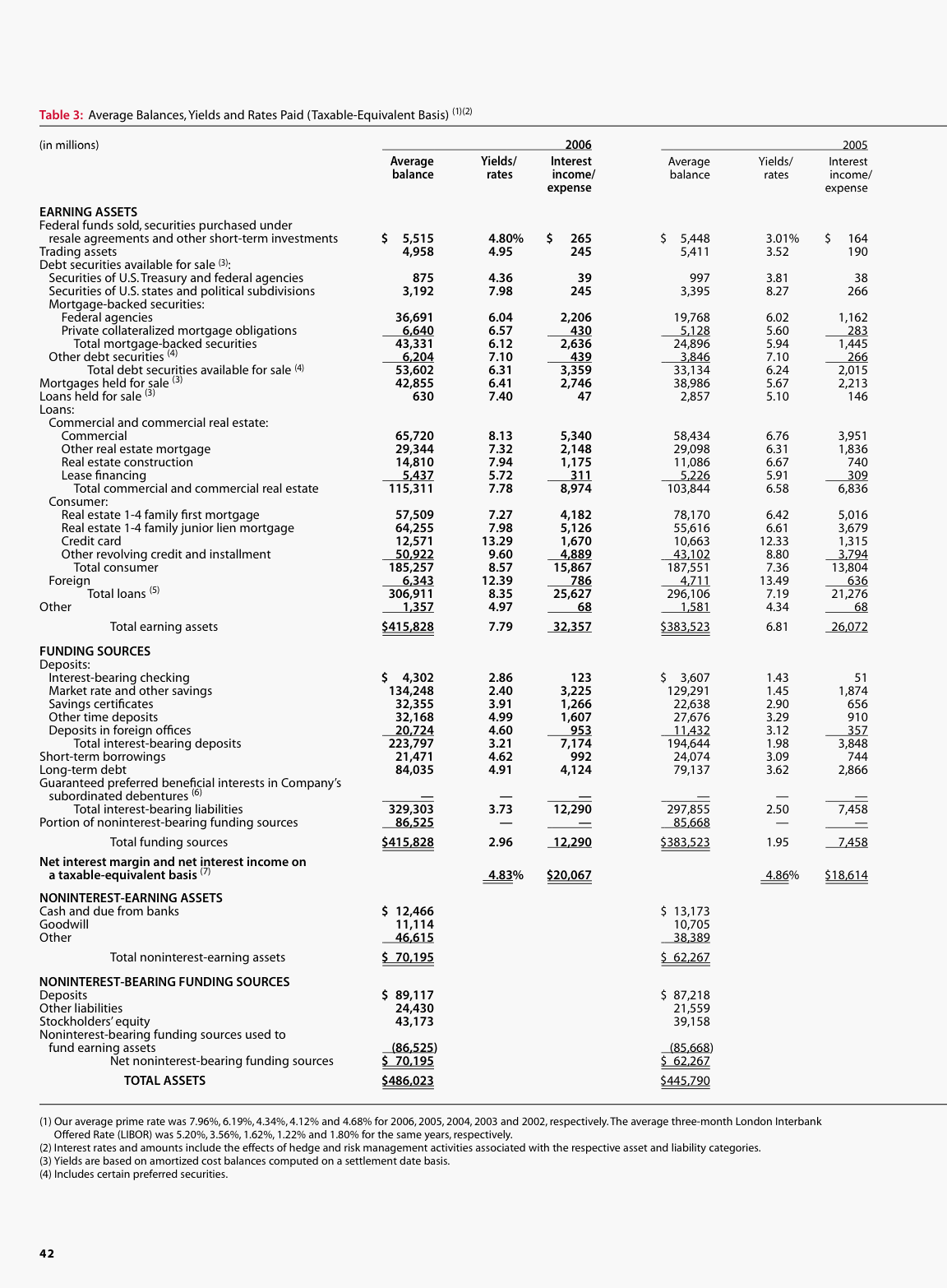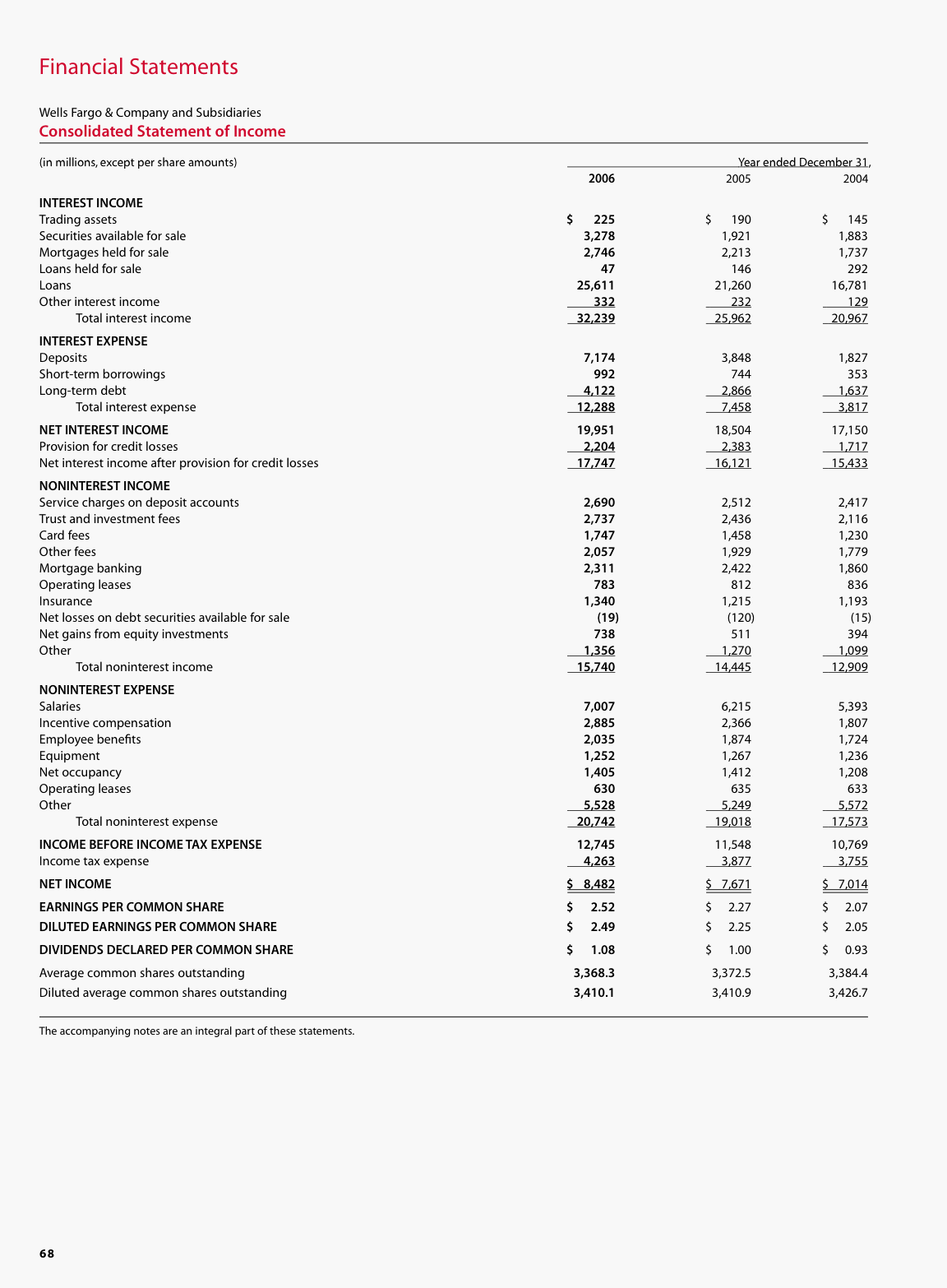How Banks Work
February 3, 2008
Around 1997, while I was in Japan and the Japanese banks were having a hard time, I decided that I should gain a better understanding about what was happening with the banks. In other words, I decided to learn how banks work. This was not that hard — about an afternoon’s worth of reading and head-scratching. Afterwards, it dawned on me that almost nobody else understood how banks work — not politicians, not journalists, not economists, not wonky think-tank types. Indeed, hardly anyone involved with resolving the problem with banks had any idea how they worked.
Do you think this may have led to a failure to Identify the Problem? You bet it did.
Way back when (October 2002), I wrote a little thingy for the Financial Times which involves the themes of Identifying the Problem and How Banks Work. Here’s the link:
http://www.colorado.edu/econ/courses/roper/countries/japan/cache/02.10.14-FT-Japans-bank-debt.htm
Apparently, it was later used in some U-Colorado course.
There are some people who know how banks work. These include bankers, bankers’ accountants, and stock analysts. Unfortunately, none of these people have much of a mouthpiece, and also they don’t know much about economics for the most part, so they often have little influence on the policymaking process. Even if the bankers did try to explain the situation to a policymaker, the policymaker probably would be completely unable to grasp what they were talking about. (This is one reason why it’s nice to have a real banker as Finance Minister or Treasury Secretary.) The result is that the policymaker tends to listen to journalists, the IMF, economists and other such knuckleheads — people who don’t know diddly about banks, and are therefore largely incapable of Identifying the Problem — because he can understand what they are saying, even if it’s a load of crap.
He can understand it because it’s the same as what he’s reading in the media, which is where the journalists quote the IMF, economists, think-tank types etc., producing a sort of Mirrored Hall of Ignorance.
So, what we are going to do today is what I did back in 1997 — namely, take the public financial statements of an actual real-life bank (we’ll use Wells Fargo), and figure out how the company works. (For the pros who already do this every day, you might want to spend this week at perezhilton.com instead.)
Download Wells Fargo’s 2006 Annual Report By Clicking on This Link
Ideally, print out the whole document.
Go to .pdf page 71 (printed page 69). This is the Consolidated Balance Sheet, the most important page in the whole document.

From this we can understand Wells Fargo’s business. In the Assets section, we find that it holds $319 billion of loans. It also has $15 billion of cash (really short-term loans), $6 billion of Fed Funds sold (sort of a short-term loan), $42 billion of securities available for sale (probably mostly fixed-income securities, aka bonds, aka loans), and $33 billion of mortgages held for sale (loans). Aside from some real estate and goodwill, basically Wells Fargo owns a big pile of loans.
Where did it get the money that it loaned out? It borrowed it from others. On the Liabilities side we find: $310 billion of deposits, $13 billion of short-term borrowings (from other banks probably), some unpaid bills (accrued expenses and other liabilities) and another $87 billion of long-term debt. So, on the liabilities side, we see that Wells Fargo also owes a big pile of money to other people (mostly depositors). Do you see why I say that a bank deposit is really a loan to a bank? It’s right there on the balance sheet, as money that Wells Fargo owes to you.
The difference between the assets and the liabilities is the Shareholder’s Equity, also known as book value. Thus, if you own $10 of goodies and have $9 of debt, you have net equity of $1.
So, a bank makes money by borrowing money from depositors, and then lending that money out to borrowers. It makes an interest income from the loaned money (the assets) and then pays interest on the borrowed money (the liabilities). The difference between the money received and money paid is profit to the bank, and ultimately to the shareholders in the bank.
On .pdf page 44 is a table of interest received and paid on Wells Fargo’ loans and borrowings.

We see here that Wells Fargo gets an average of 7.79% from its loans (that’s your mortgage, credit cards, business loans, etc.), and pays out an average of 2.96% on its borrowings (that’s your savings accounts, checking, CDs etc.), producing a Net Interest Margin of 4.83%. (That’s pretty good!)
This profit shows up in the income statement, the second most important item in the report. It’s on .pdf page 70.

Here we see the interest received ($32 billion) minus the interest paid ($12 billion) producing net interest income of $20 billion. Then there is a provision for credit losses. Afterwards, Wells Fargo declares $17.7 billion of net interest income. Then, there is is about $16 billion of noninterest income (mostly fees and charges, and don’t we all know about those), followed by noninterest expenses of $20.7 billion, mostly salaries and other compensation. At the end of the day, Wells Fargo made $12.7 billion before taxes, and $8.5 billion after taxes.
Quite a lot of work to make $8.5 billion, no? They had to carry a ginormous $481 billion dollars of assets to make that relatively puny $8.5 billion in profit. That’s a ratio of 1.77% (return on assets). Which is sort of low, you could say.
However, the shareholders did pretty well. The total amount of capital invested in the company (crudely speaking) was $45.9 billion, the shareholders’ equity or book value. So, if you had a $45.9 billion investment and got paid $8.5 billion in profit for just one year, that’s a Return on Equity of 18.5%. Sort of like a bond that pays 18.5%. Juicy! That’s why there are so many banks out there.
You can look at it this way: You start with $46 billion dollars. You borrow $436 billion dollars and lend $481 billion dollars (approximately). You make a profit of $8.5 billion dollars.
Now, nowhere in this exercise does the bank “create money.” It borrows from one entity (the depositor mostly) and loans to another. It is an intermediary. Nor does the bank “multiply money.” Try asking a banker, “How much money did you multiply last year?” Huh?
The difference between the rather mediocre yield on loans (7.79%) and puny return on assets (1.77%) and the splendid return on equity (18.5%) is due to leverage. We can see that the bank is levered about 10:1, namely, it carries $481 billion of assets on a $46 billion capital base. This is sort of like the homeowner with a 10% downpayment, who carries $500,000 of assets (the house) on a $50,000 downpayment and a $450,000 mortgage. 10:1 leverage is pretty typical for a bank, and has been determined over time to strike a nice balance between profitability and resiliency.
Actual computation of “capital ratios” is rather more complex, and is found on .pdf page 116, “Regulatory and Agency Capital Requirements.” Here we find that the regulatory capital ratio is 12.50%, which is pretty close to our simple 10:1 (10%) ratio.
We will finish this week with one more point, namely “bank reserves.” Reserves are cash held by the bank against withdrawals of deposits. We haven’t mentioned them, have we? Reserves are noted on .pdf page 80. “Federal Reserve Board regulations require that each of our subsidiary banks maintain reserve balances on deposits with the Federal Reserve Banks. The average required reserve balance was $1.7 billion in 2006 and $1.4 billion in 2005.” Whoa! Are you telling me that there is only $1.7 billion in reserves (plus a little vault cash) against $310 billion of deposits?
Waaah! Get my money out of there!
Actually, this is quite common today. No bank wants to sit on reserves, which do not earn interest. They loan out every penny they can, to collect interest income. This is possible today because of the Federal Reserve, among other things. If a bank is facing withdrawals, it can get the cash by a) selling something for cash, b) borrowing from another bank, or c) borrowing from the Federal Reserve (via repos or the discount window). We won’t get into the issue of liquidity shortage crises here, which were a systemwide shortage of reserves. This problem doesn’t exist anymore, because of the Federal Reserve. To make a long story short, a bank like Wells Fargo should never have a problem getting the cash to pay your withdrawal (“should never” anyway). Maybe that “fractional reserve” stuff is meaningless when there is effectively no reserve at all? You can see why I chuckle when people go on about that “fractional reserve” nonsense. (The $15B of cash and due from banks could be considered a sort of reserve.)
Now that we have an idea of how banks work in normal times, next week we will look at how banks lose money.
You should keep poking around the annual report for more detail about how all the various bits and pieces work. Spend a couple hours at it, if you can stand it. It’s complex, but reasonably commonsensical (to the extent that any US bank was commonsensical in 2006!).
* * *
I rented Rollover (1981, Jane Fonda, Kris Kristofferson, Hume Cronyn. Fonda’s company IPC produced.) from Netflix and watched it yesterday. It is a financial thriller that fictionalizes the worldwide currency collapse that some people worried about in the late 1970s and very early 1980s. Just the thing for today’s headlines, if you ask me.
Senior trader at Boro National Bank: “Gold just went over $2000!”
Head of trading at Boro National Bank: “It’ll be cheap by this evening.”
I love it!
Financial thrillers are pretty hard to get right, compared to car chases, gunfights and computer-animated aliens, since they largely consist of people on the phone speaking in tongues. Nevertheless, the characterizations are pretty interesting and I think this one hits pretty close to the mark. Kris Kristofferson is a turnaround artist hired to save beleaguered Boro National (think Jamie Dimon). Jane Fonda is the recently widowed wife of a chemical company mogul, a high-society trophy (and former movie actress in the film) with ambitions to assume the management of the chemical business via a Saudi-financed takeover of a Spanish chemical plant . (Fonda married Ted Turner in 1991.) Hume Cronyn is the president of a major bank, which is quietly helping the Saudis move out of paper currencies and into gold.
I heard elsewhere that, in the last scene, the Hume Cronyn character leaves Midtown by rooftop helicopter to a well-stocked bunker in the hills while demonstrations erupt in the streets. However, in this version, he commits suicide. What — did he feel guilty or something? Gimme a break.
* * *
Speaking of well-stocked bunkers: Barton Biggs, the former Morgan Stanley eminence grise turned bigfoot hedge fund manager, has a new book that reportedly recommends that rich people buy a remote farm or ranch as insurance against disaster.. Now, where did he get that idea?

